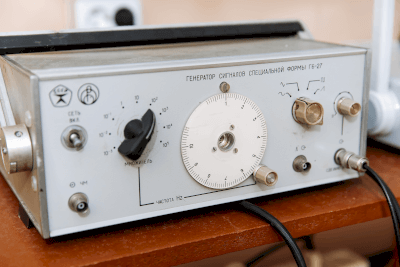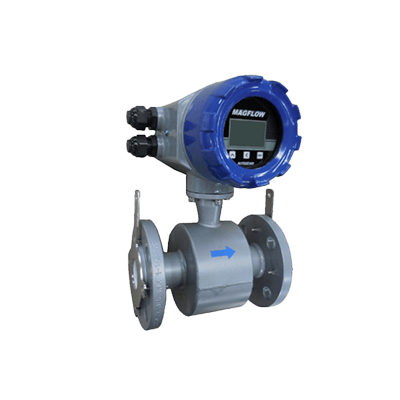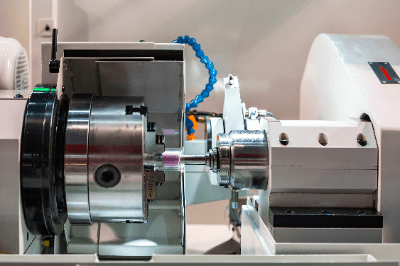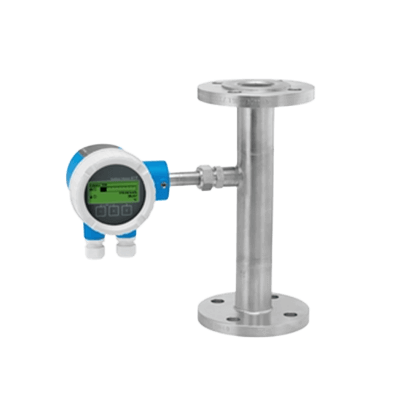What Is a Voltage Generator?

A voltage generator is a generator that generates arbitrary voltages with high precision and output them as needed for various applications.
A common use for voltage generators is to produce specific voltages during the testing phase in research and development.
There are various types of voltage generators available from manufacturers of measuring instruments, and it is important to select the appropriate one based on the operating environment and intended use.
The demand for voltage generators in the field of in-vehicle component development, especially in relation to CASE (Connected, Autonomous, Shared, Electric) compliance, is growing.
Applications of Voltage Generators
Voltage generators are used to extract specific voltages for tests in the development of electronic components for xEVs (extended-range electric vehicles) in support of CASE initiatives.
Currently, voltage generators can be broadly categorized into four types, and it is necessary to choose the type that best fits the purpose and operating environment.
The classifications of voltage generators are as follows:
- Bipolar output: Outputs across positive polarity without switching.
- Four-quadrant output (source and sink operation).
- Linear bipolar output: For AC-DC conversion, outputs across both positive and negative polarity with switching.
- 2-quadrant output (source and sink operation).
Principles of Voltage Generators
Voltage generators consist of a complex assembly of coils, resonance mechanisms, and control boards. They can generate any desired voltage according to the specified function of the generator.
These generators are capable of high-output and high-voltage analog waveform control with dynamic characteristics. They can operate under positive and negative pole source/sink and bipolar outputs capable of 4-quadrant operation.
Voltage generators play an essential role in the development of CASE-compliant electronic components for xEVs.
Advancements in boost/breakdown technology using materials that combine rare metals are simplifying and downsizing amplification circuits. This technology is expected to have wider applications in the future.
The advantages and disadvantages of voltage generators are as follows:
- Advantage: High-precision, high-quality arbitrary voltage extraction is possible.
- Demerit: Special high-voltage level voltage generation requires considerably large equipment.


